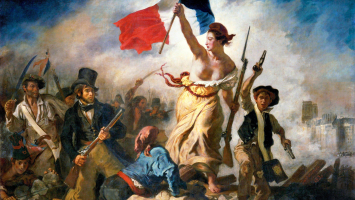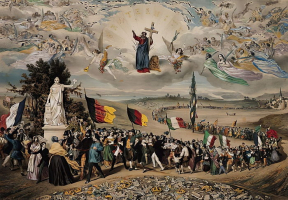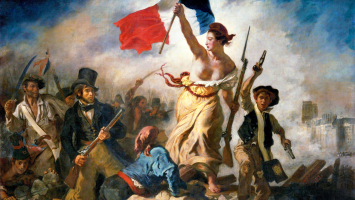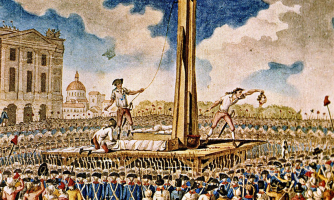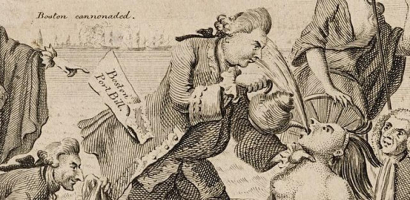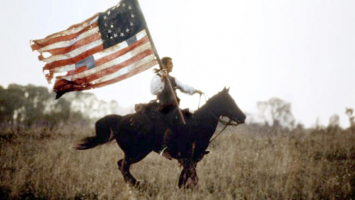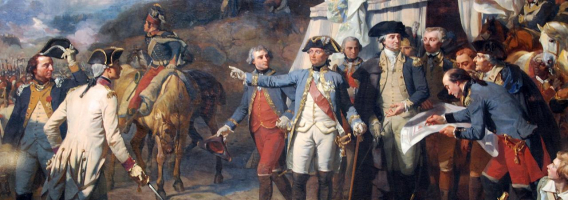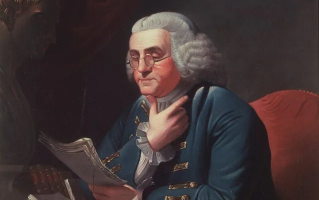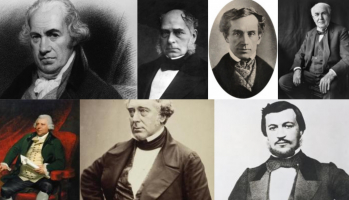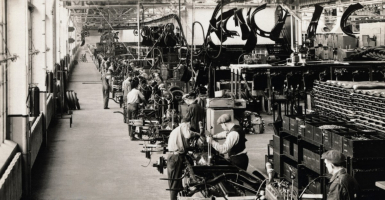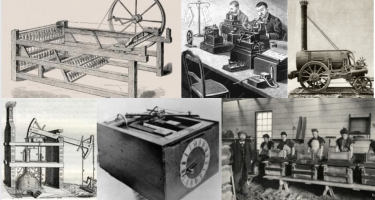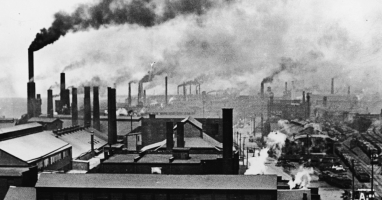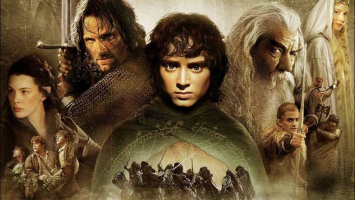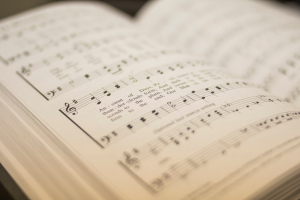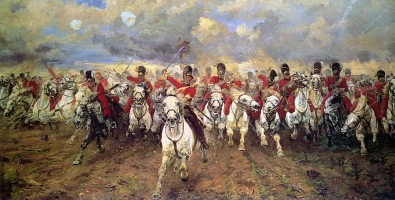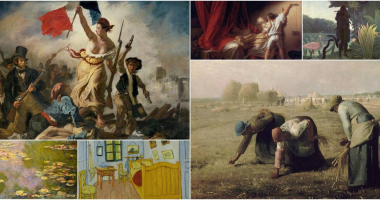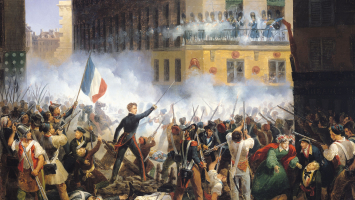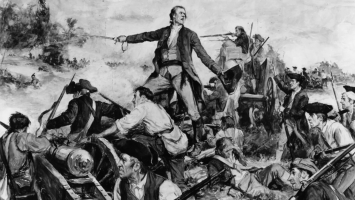Top 10 Best Significance of the French Revolution
The French Revolution (1789–1799) left an indelible mark on French society and government. In the country, it saw the birth of the ideas of democracy, ... read more...liberalism, fraternity, equality, and nationalism. Though France did not become a democracy, the monarchs' and nobility's power was significantly reduced, while the middle class was strengthened. To demonstrate this point, consider the ten best significance of the French Revolution.
-
There have been numerous instances throughout history where existing governments have been deposed by Dictators.
The term "coup d'etat," also known as "a Golpe," "a Putsch," or "Coup," refers to the illegal overthrow of the existing government through the unconstitutional seizure of power by the military, a political faction, or a dictator. During the French Revolution, the term "coup d'etat" was coined. The word is included on this list due to the abundance of evidence it has accumulated over the course of both chronological and geographical history.
In previous centuries, there have been numerous coup attempts, but only a select few have been successful. The majority of these coup attempts have taken place in Africa and the Americas, with Europe seeing by far the fewest of them.
Following post-Cold War coups, democratic systems have been more likely to emerge.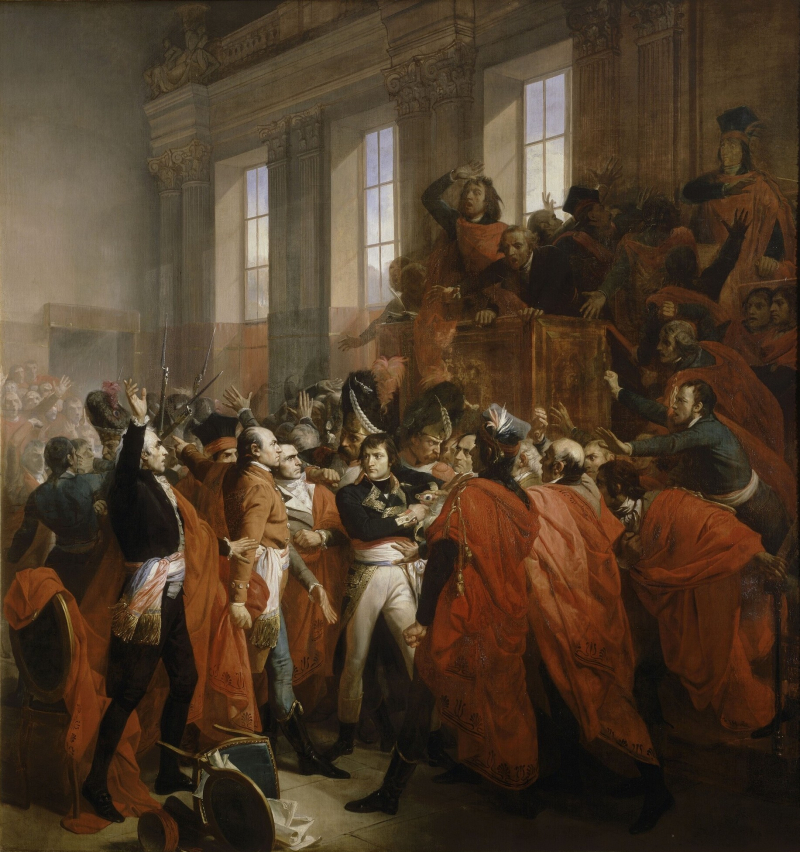
Wikipedia 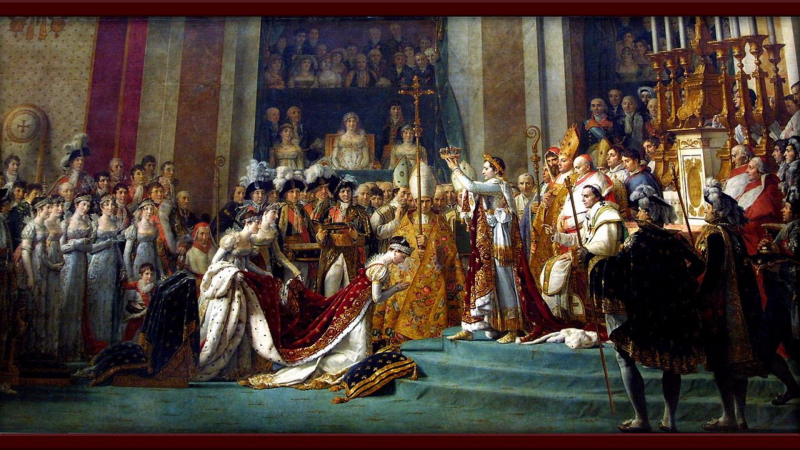
Napoleon's Coup d'Etat The coup of 18 Brumaire - Sutori -
Every time there is a discussion about the French Revolution, everyone's mind must play a slide show of images from Eugene Delacroix's paintings.
In the 19th century, Eugene Delacroix is regarded as the founder of the "Romantic Movement" in French art. His entire life was devoted to the movement's interest in the sublime, emotion, and exoticism.
His works of art were extraordinary mingles of agitated brushwork, full of lushness, and pulsating with a vivid range of brilliant hues.
The Death of Sardanapalus (1827), Liberty Leading the People (1830), Women of Algiers in their Apartment (1834), Scenes from the Chios Massacres (1834), Basket of Flowers Overturned in a Park (1848–49), Apollo Slaying the Serpent (1850–51), Christ on the Sea of Galilee (Christ Asleep During the Tempest) (1853), and Lion Hunt (1861) are some of his most well-known works.
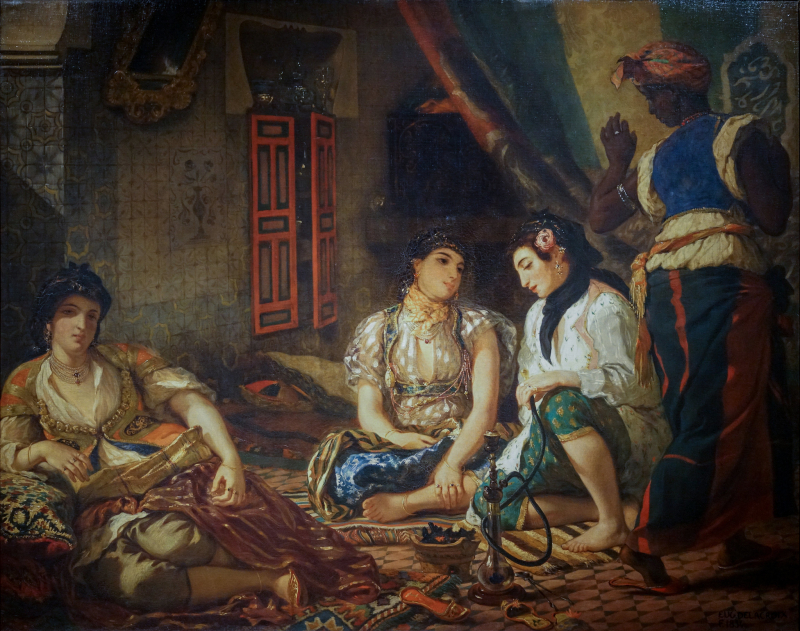
Smarthistory 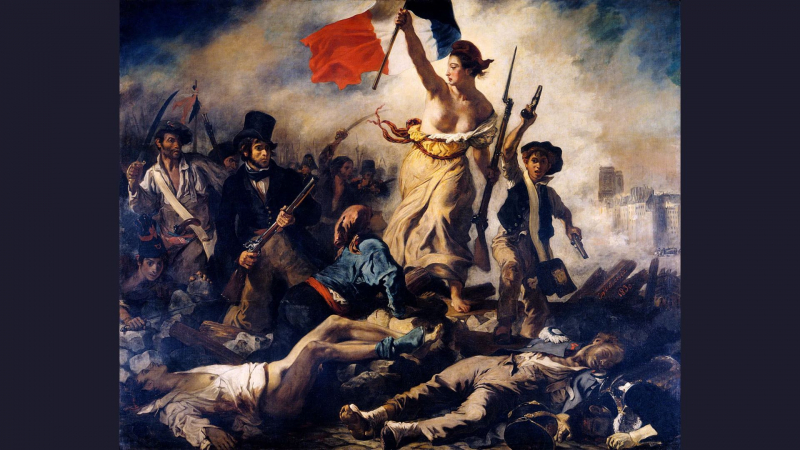
Encyclopedia Britannica -
If you enjoy playing, you must be familiar with the popular fictional character Figaro. Figaro is a comic figure from the wildly popular plays "The Marriage of Figaro" (Le Mariage de Figaro: 1784) and "The Barber of Seville" (Le Barbier de Seville: 1775). A barber who became a valet in the play tries to prevent his future wife from falling into the hands of his evil master. Almaviva, his master, is a nobleman. He desires to entice this lovely young lady and exploit her for his own pleasure.
These plays showed aristocrats abusing their position of power. They were censored as a result of the higher society's criticism of it. This is why Figaro, an irrepressible, shrewd, and insubordinate character, has garnered a ton of notoriety over the years.
The well-known French dramatist "Pierre-Augustin Caron de Beaumarchais" created this character. His plays effectively illustrated the abuse of power. He was well-liked prior to the French Revolution and even more so afterward.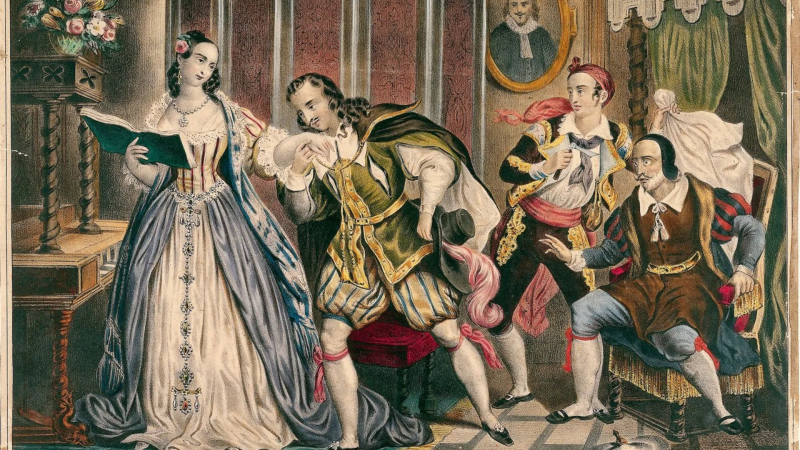
The Barber of Seville Turns 200 - Britannica 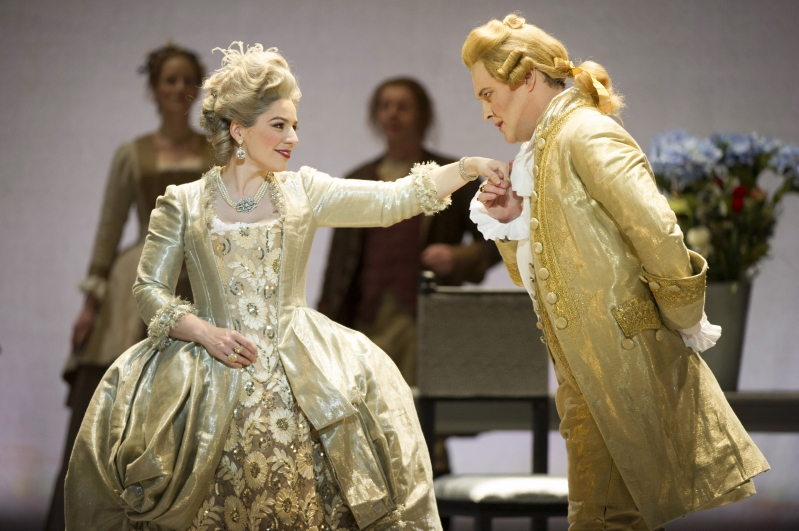
The Marriage of Figaro – a story of class - WNO -
You've probably heard the terms "Left" and "Right" used in relation to politics. While these may appear to be very basic terms for direction, they have nothing to do with it.
These political terms arose as a result of the "French Revolution." The word "Left" refers to ideologies and systems that violate human rights. These are the extreme forces associated with Socialism, Theocracy, Fascism, Pure Communism, Anarchy, and other ideologies.
The term "Right," on the other hand, refers to ideologies and systems that respect and adhere to human rights. They are associated with Classical Liberalism, Capitalism, and Constitutional Republicanism and involve no use of force.
Although the definitions of these two terms and how they function in politics are clearly in contrast, there may be many poorly thought-out approaches to this spectrum of the left and the right system.
One of these misguided strategies argues that the political alternatives should be defined in terms of the size or proportion of the government. According to this perspective, the far left would represent 100% of the government, whereas the far right would represent 0% or anarchy.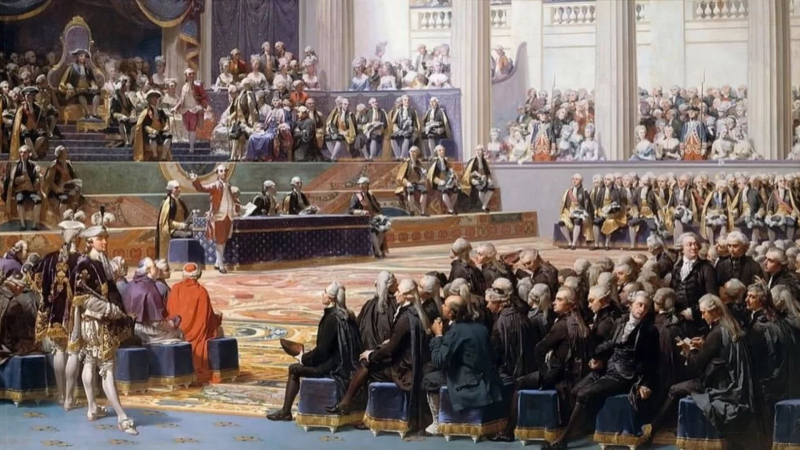
La Brújula Verde 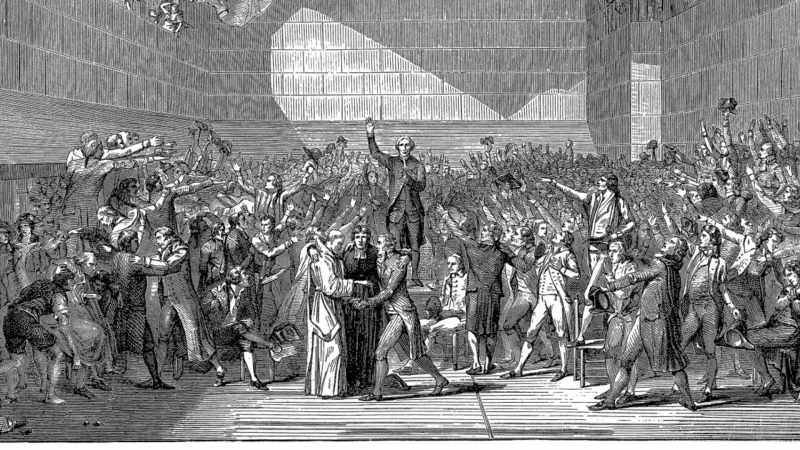
TIME -
Every time there is a discussion about immigration, trade wars, reports of violence, or racism, the word "nationalism" is frequently used.
But what does this specific word mean, and where did it come from? What distinguishes nationalism from patriotism? The "French Revolution" made this concept current. During the revolution that gave rise to nationalism, the revolutionaries frequently used the phrase "the Nation."
Although "patriotism" and "nationalism" may sound quite similar, they differ in that "patriotism" is benign while "nationalism" has the potential to be more sinister in nature. Radical militaristic and political movements like Nazism are referred to as "Nationalism." Additionally, it can be used in conjunction with the strict protectionist measures that govern the international community today.
According to the dictionary's definition of nationalism, people started idolizing and promoting their own country's interests and culture above those of other countries.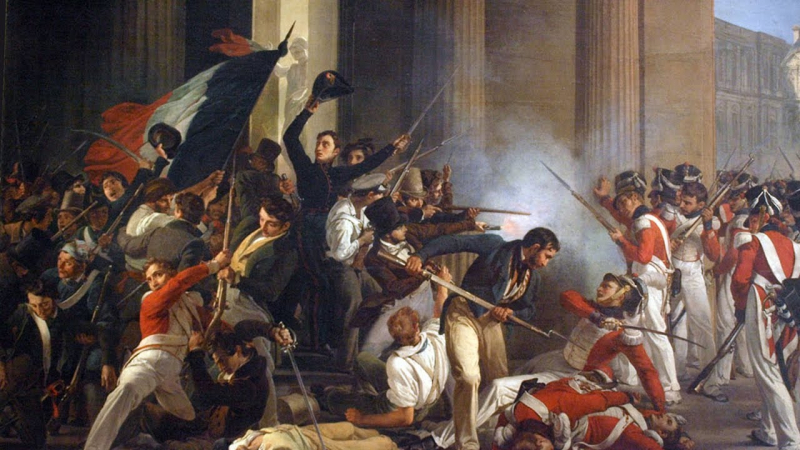
Nationalism - France 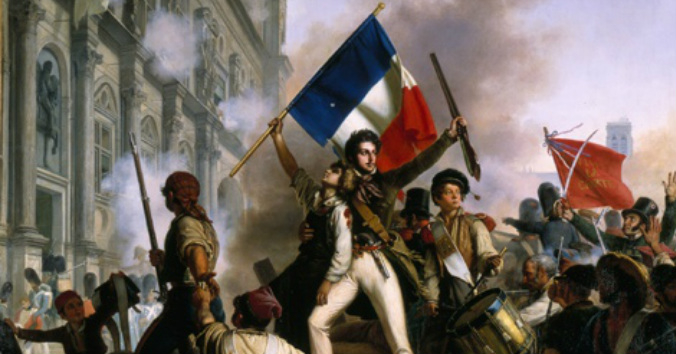
frenchnationalism.weebly.com -
Alexandre Dumas is a well-known author of the adventure book The Three Musketeers. It was first released in 1844 under the title "Les Trois Mousquetaires" in French. What does this book have to do with the "French Revolution," you may be wondering? The interesting fact is that Thomas Alexandre Dumas' son, Alexandre Dumas, wrote this book.
The connection was made because Thomas Alexandre Dumas served as a mulatto commander during the French Revolution. This historical romance book is focused on the plot. It recounts the exploits of four fictitious swashbuckling heroes who lived during the reigns of Louis XIII and Louis XIV of France.
This is one of the most well-known of the 250 books written by the inventive author and his 73 assistants. Auguste Maquet, a history professor with whom Dumas collaborated, has been widely credited with the premise as well as the first draft of the original book, "Les Trois Mousquetaires."
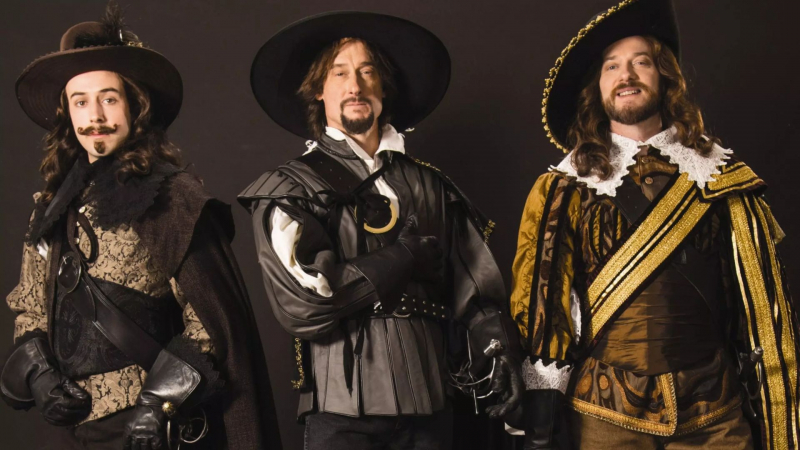
Utah Theatre Bloggers 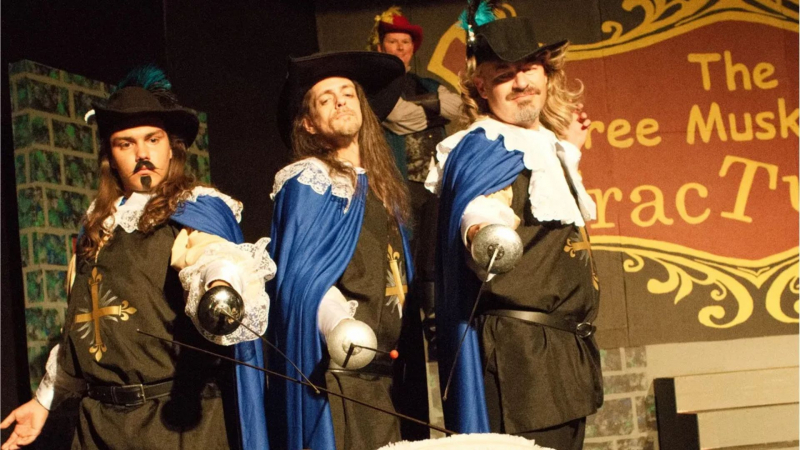
Florida Today -
The rights of women were completely ignored in the Universal Declaration of Human Rights, which was primarily concerned with the rights of men.
The proto-feminist "Olymp de Gouges" wrote the "Declaration des Droits de la Femme et de la Citoyenne" (Declaration of the Rights of Women and the Citizen) in September 1791, which listed the rights of women, because these rights only involved the advantages of men.
This declaration calls for the completely legal, political, and social integration of women into the National Assembly. It also criticizes the fact that women's freedom and equality were overlooked during the revolution.
This was also indirectly related to what is now referred to as feminism in its own unique way. It also sparked a second revolution that demanded women be given the same rights and opportunities as men in all formerly male-dominated fields.
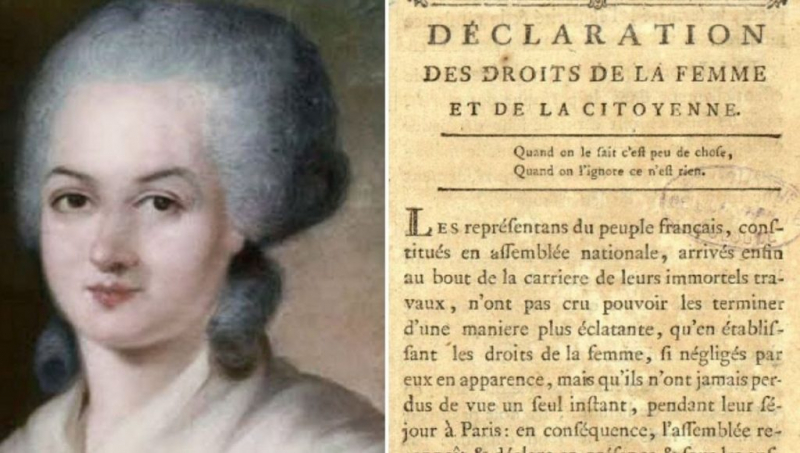
Paris Unlocked 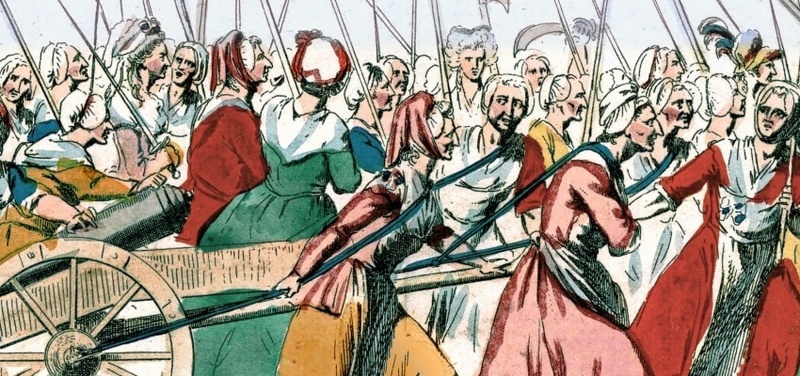
Breaking Down Patriarchy Podcast -
In 1789, Abbé Sieyès and the Marquis de Lafayette collaborated with Thomas Jefferson to draft the first human rights document. This document, which consists of 17 articles, is a declaration of a citizen's rights.
This is not the first Human Rights document to be drafted. There were numerous other similar documents passed by various countries at various times, including the 1215 Magna Carta, the 1689 English Bill of Rights, the 1776 United States Declaration of Independence, and the 1789 United States Bill of Rights.
It serves as a pillar for the creation of the United Nations Declaration of Human Rights in 1984, which serves as the world's foundation for human rights today.
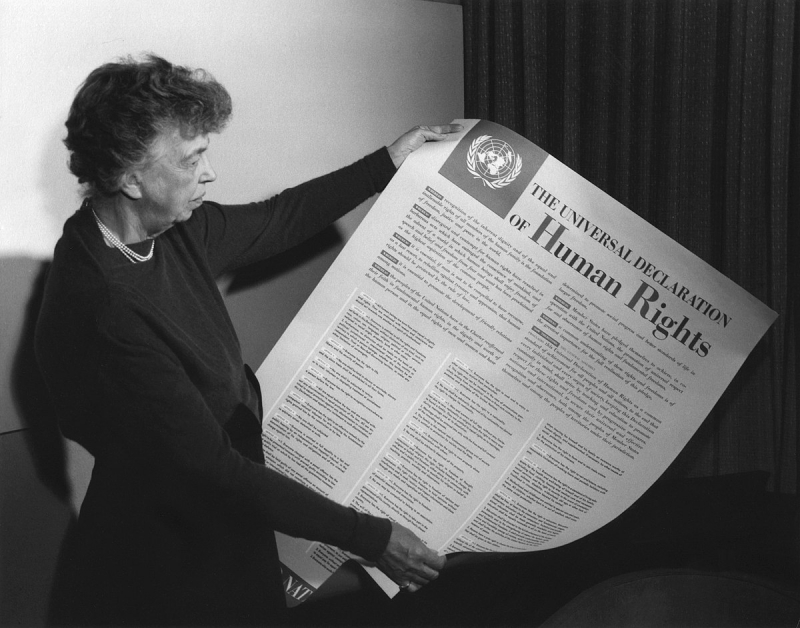
Wikipedia 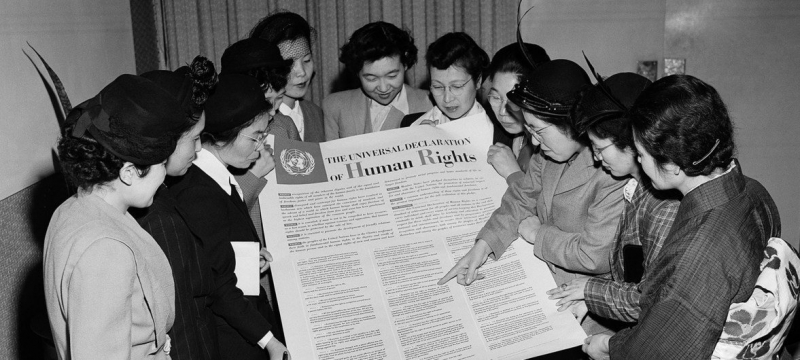
UN News - the United Nations -
The core components of any nation's defense system are the army, navy, and air force. They defend the locals and keep the country safe from foreign invaders.
The Air Force defends the nation from a position high in the sky, while the Army manages operations and assumes responsibility on the ground and the Navy handles any irregularities in coastal boundaries and on the water. The Air Force multiplies the strength of any state's defense system.
But where did the Air Force come from? What organized the concept of air protection? Who was the first aviator? Who was the first female aviator? During the French Revolution, the first air force was created. The "French Aerostatic Corps" created the world's first Air Force.
The idea was simple: observe enemy troop movements and formations from higher altitudes above the battlefields and relay the information to generals on the ground. The first Air Force, known as the "Compagnie d'aerostiers," was made up of soldiers who had been trained in a balloon flight, battlefield observation, and reconnaissance. Sophie Blanchard, the first female astronaut, was also French.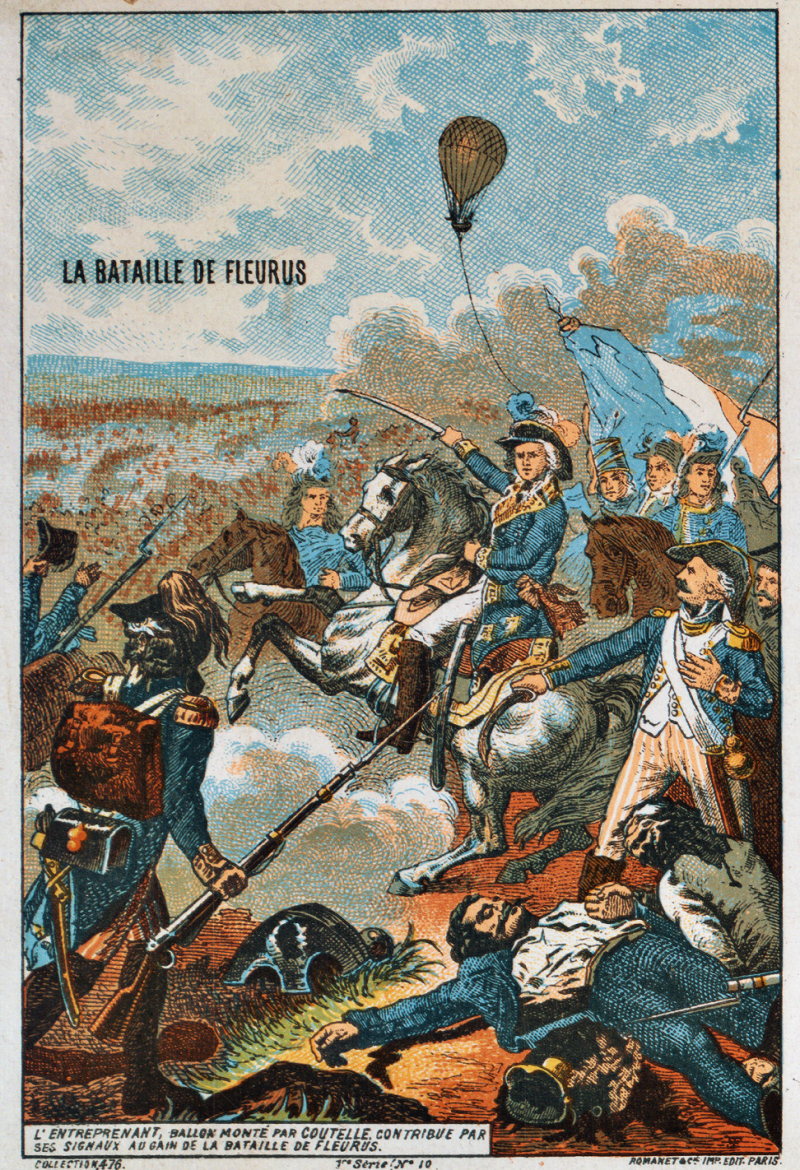
Wikipedia 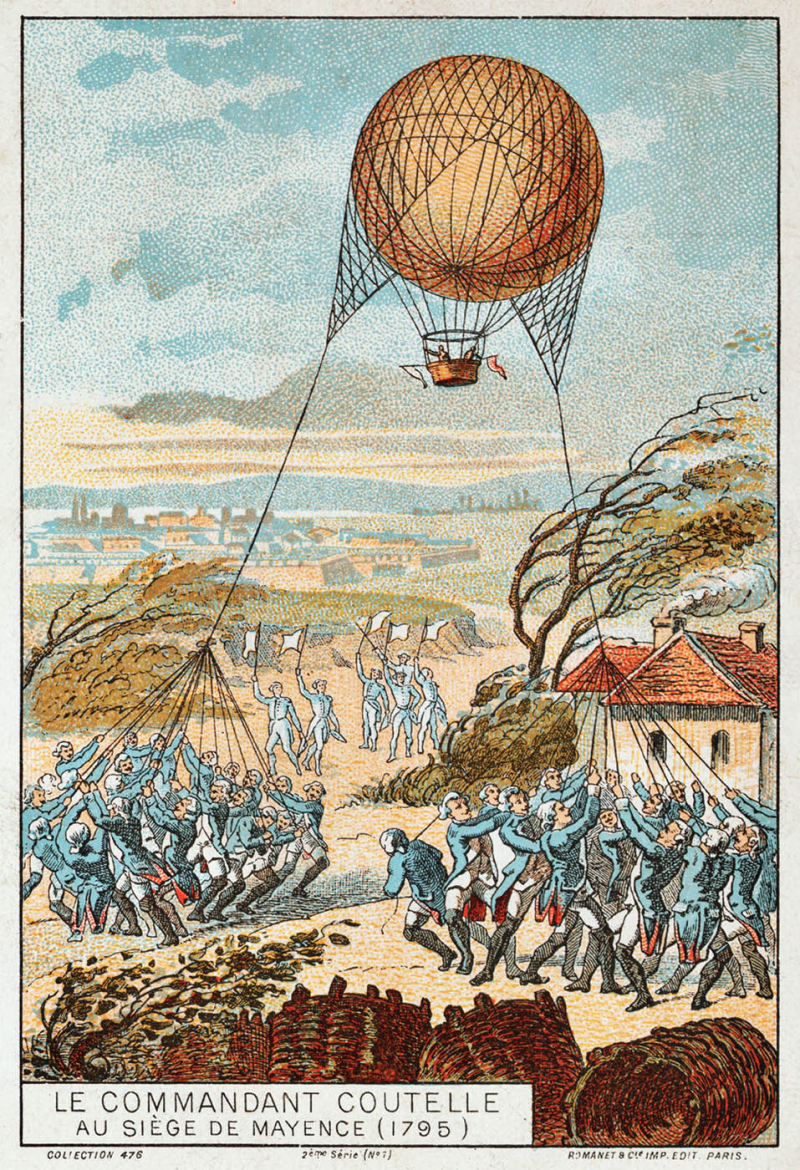
The French Aerostatic Corps - HistoricWings.com -
In our daily lives, we use the metric system. To measure any distance in kilometers while traveling, weighing an object, measuring any fluid, the metric system can be used for nearly every measurement we encounter in our daily lives. Have you ever wondered where the metric system came from? Who invented this system for measuring almost everything? When and how was this system first used, and how did it become popular?
It dates back to 1799, when the French Revolution came to an end. During the French Revolution, the first practical application of the metric system was to smooth trade relations. The pre-existing metric system had become obsolete and unusable by the time of the French Revolution. The introduction of a decimal method that analyzed data using kilogram and meter was made.
These bases for measurements derived their fundamental units from nature. The fundamental unit of length, the meter, was developed using the size of the Earth as a guide, and the fundamental unit of mass, the kilogram, was developed using the mass of water with a volume of one cubic decimeter as a base.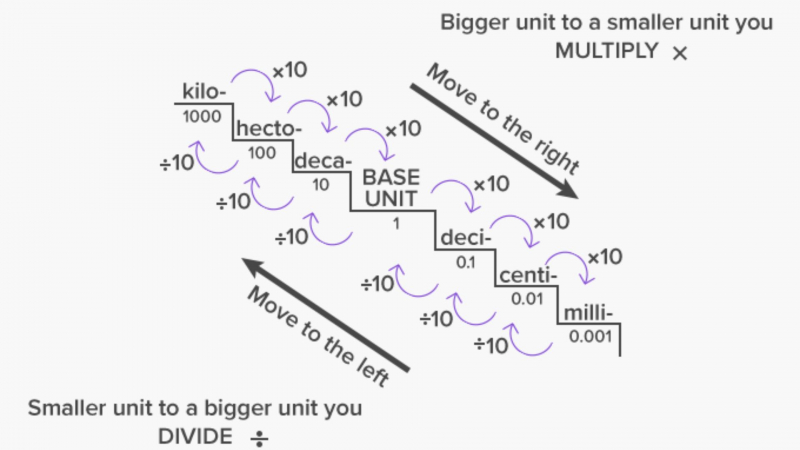
historyten.com 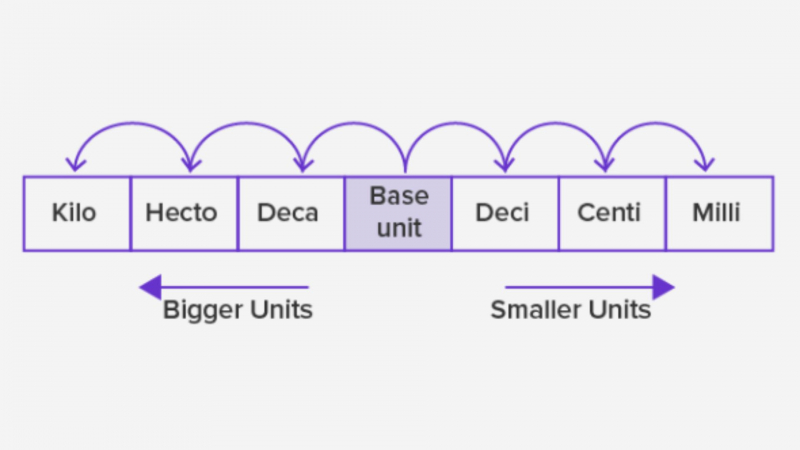
ProProfs












